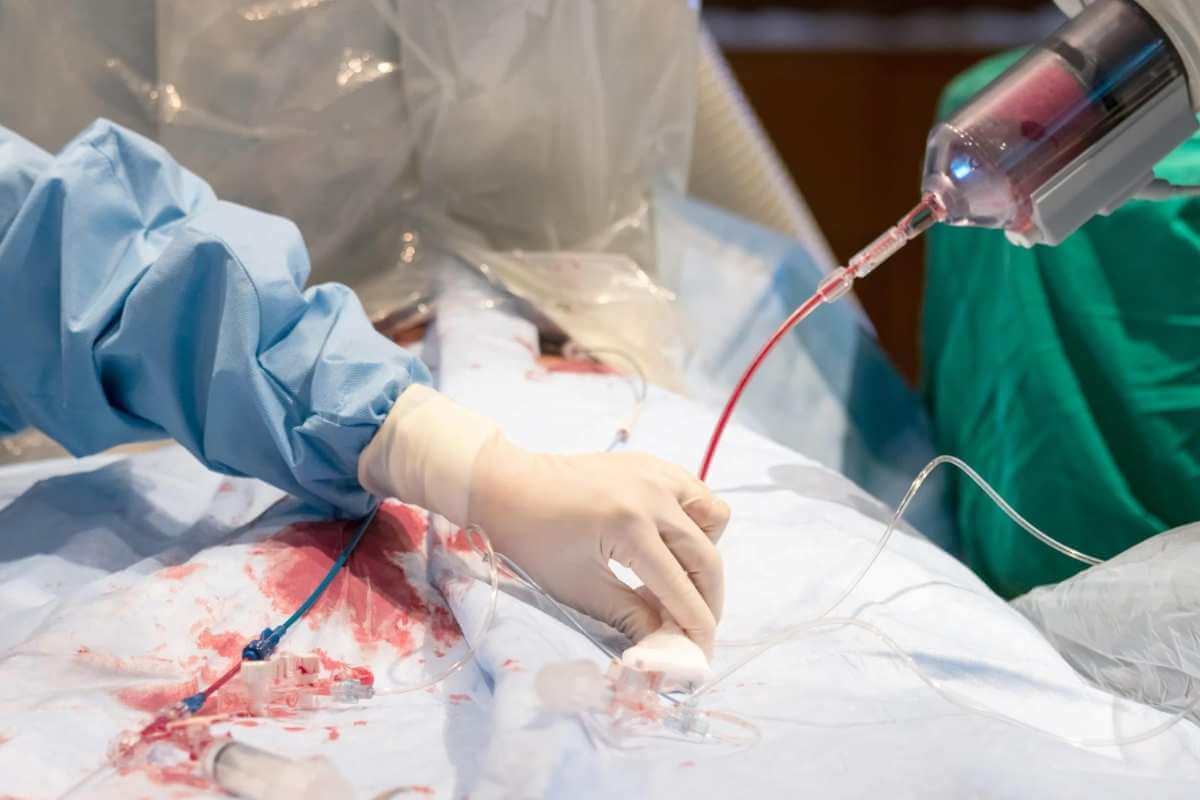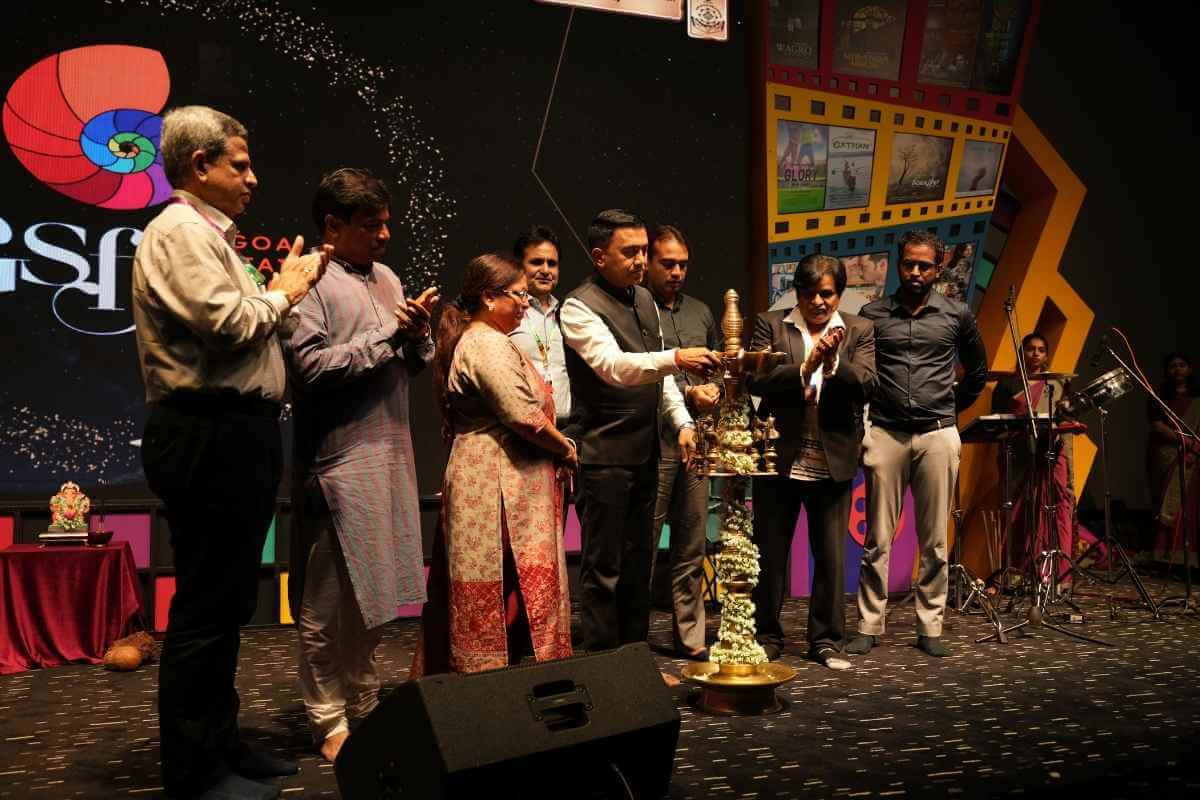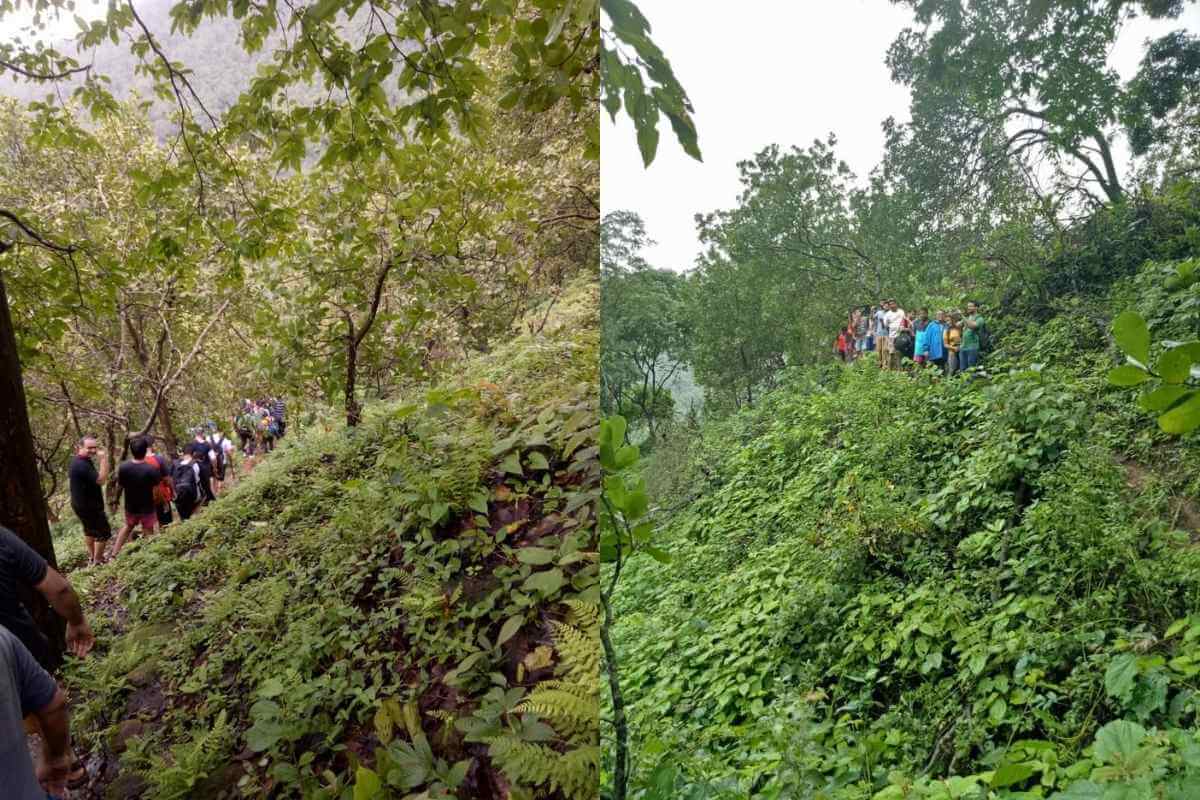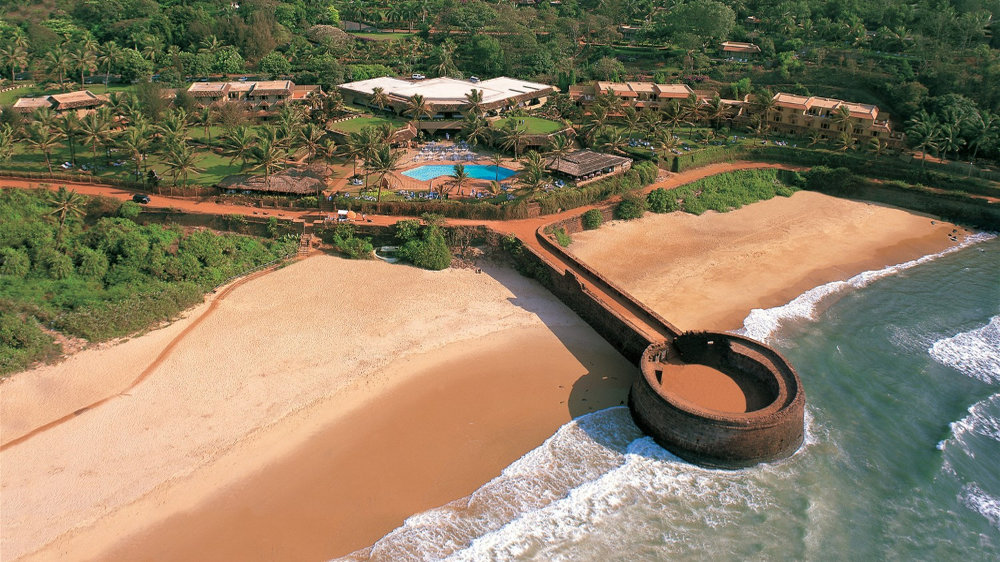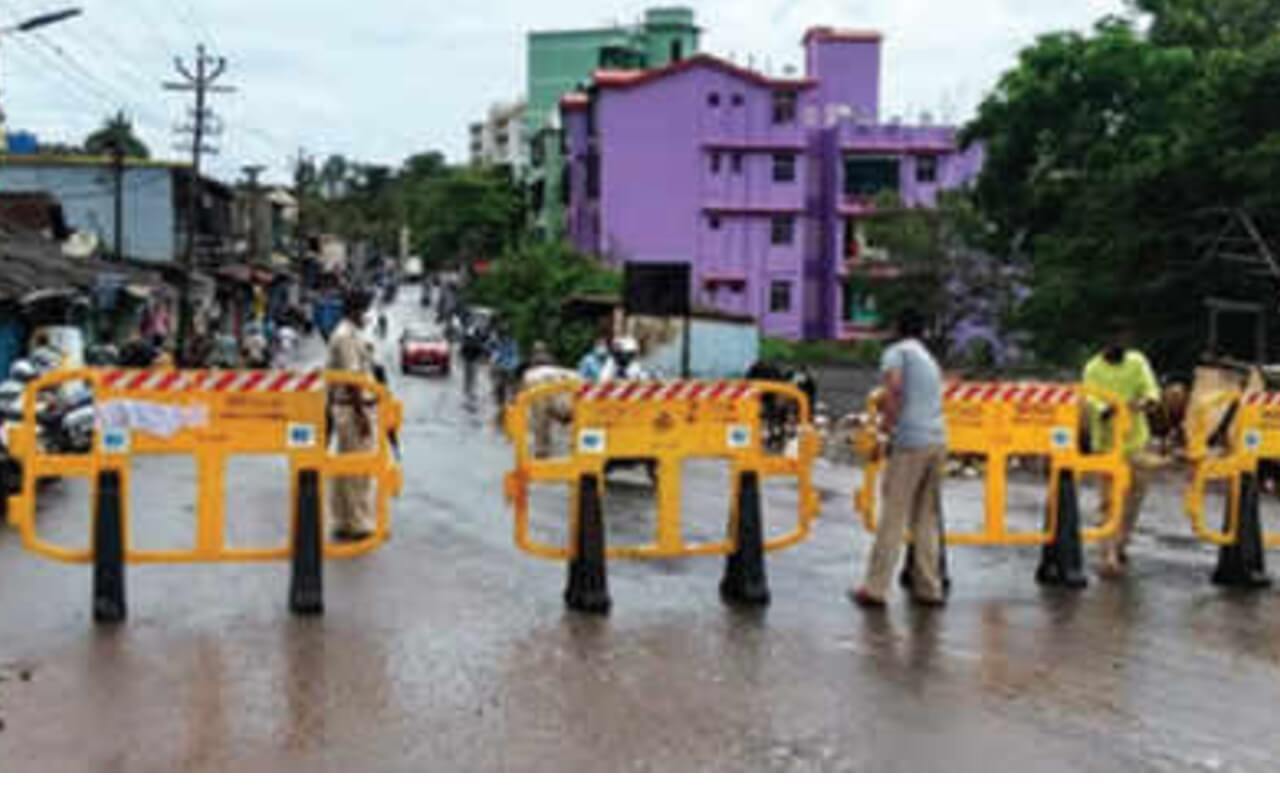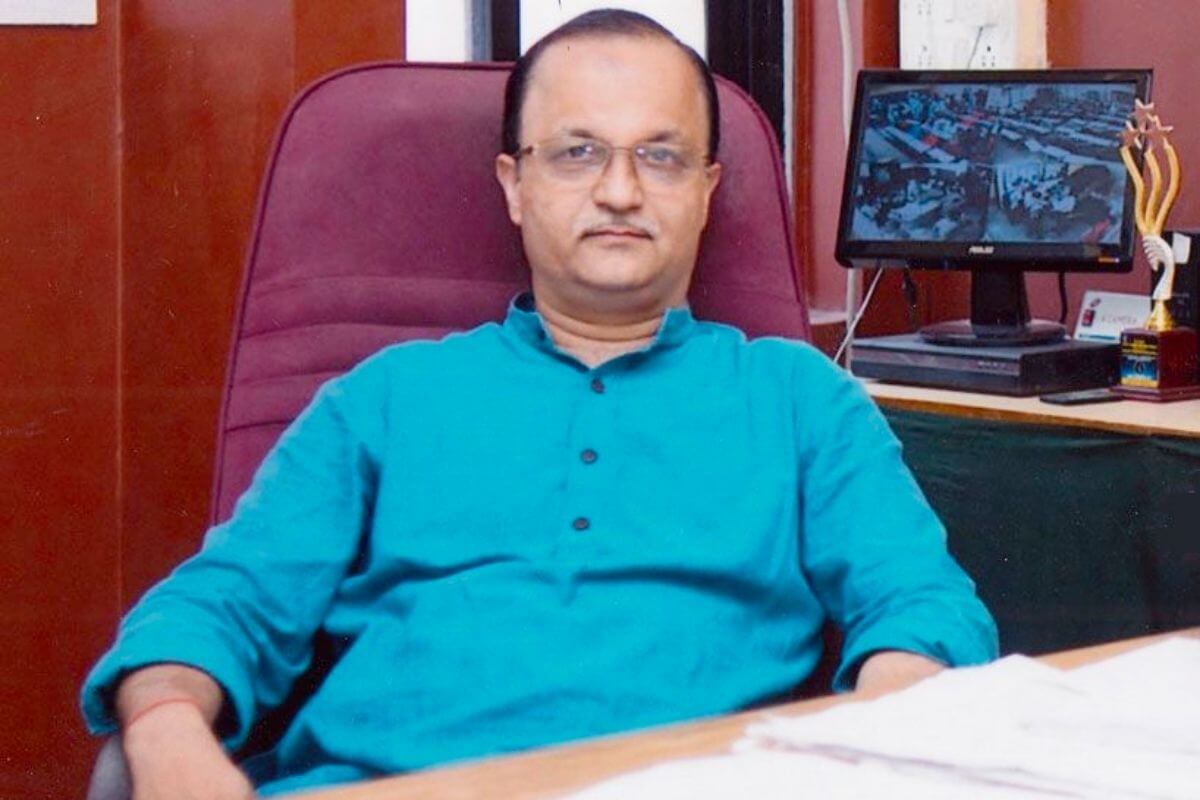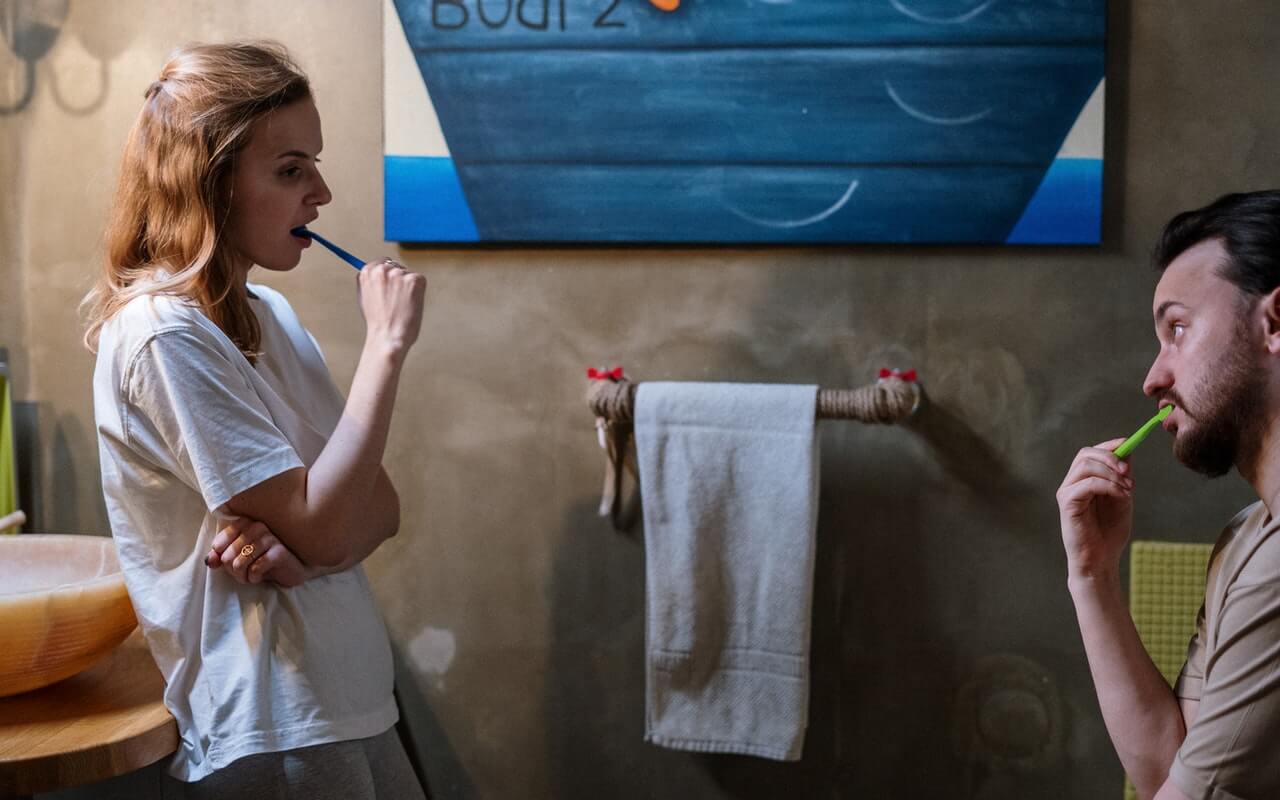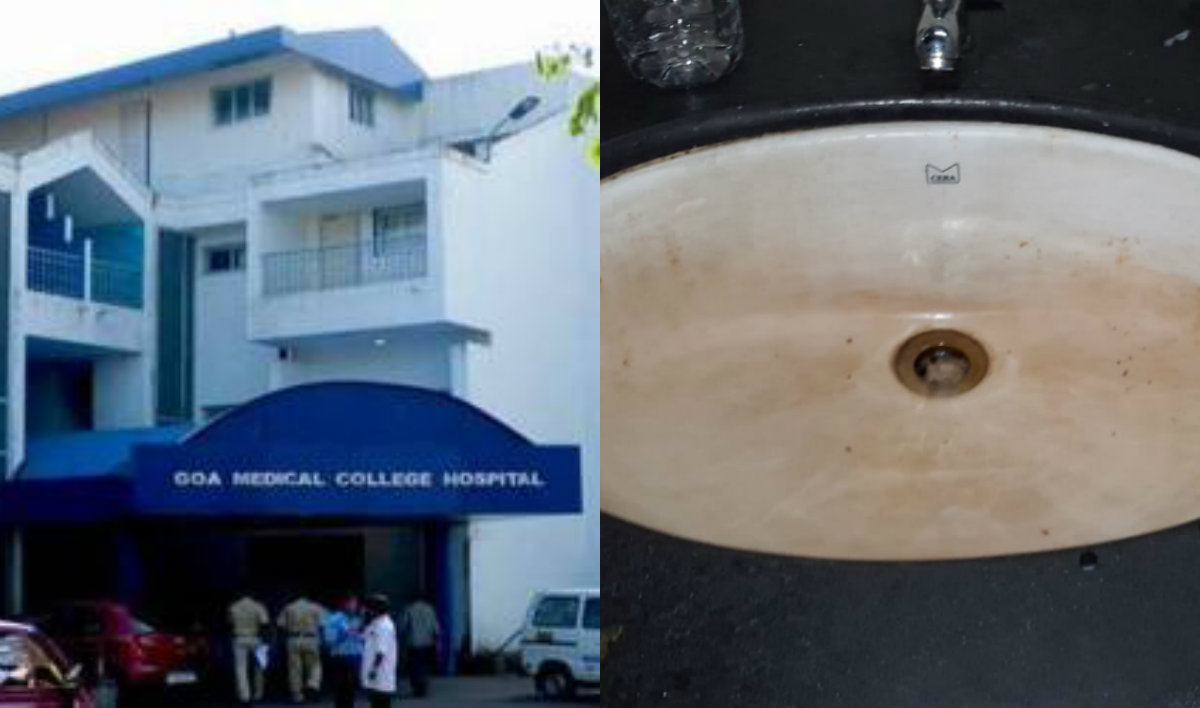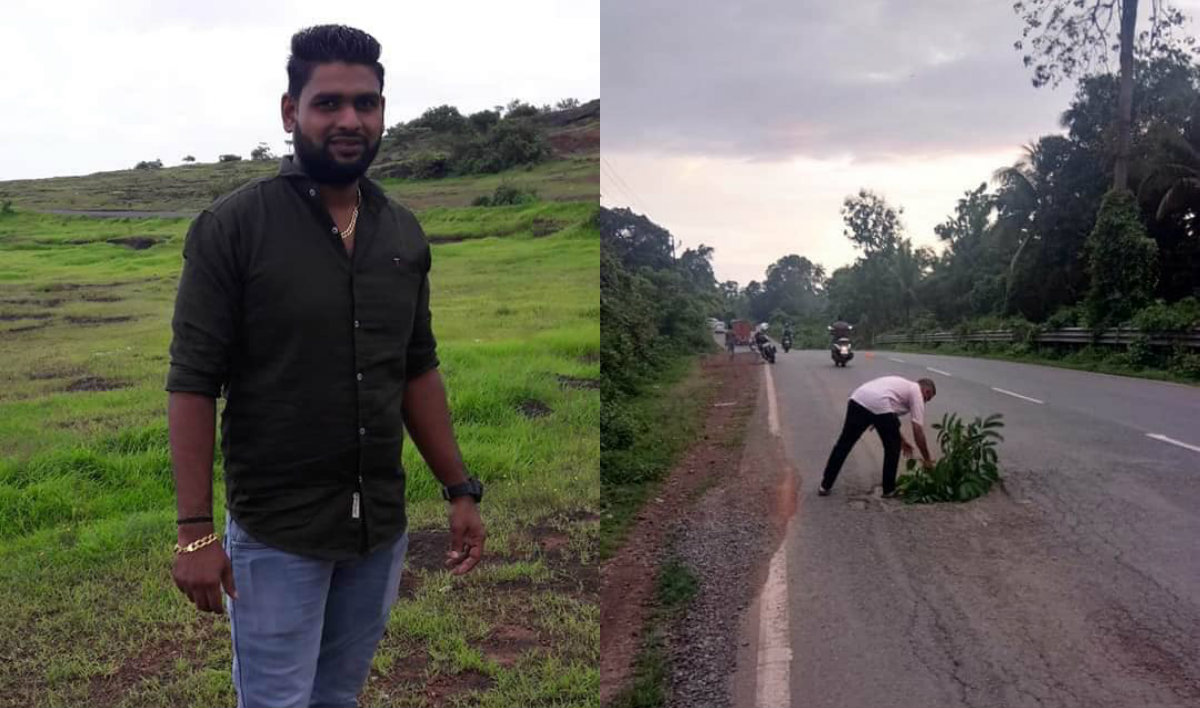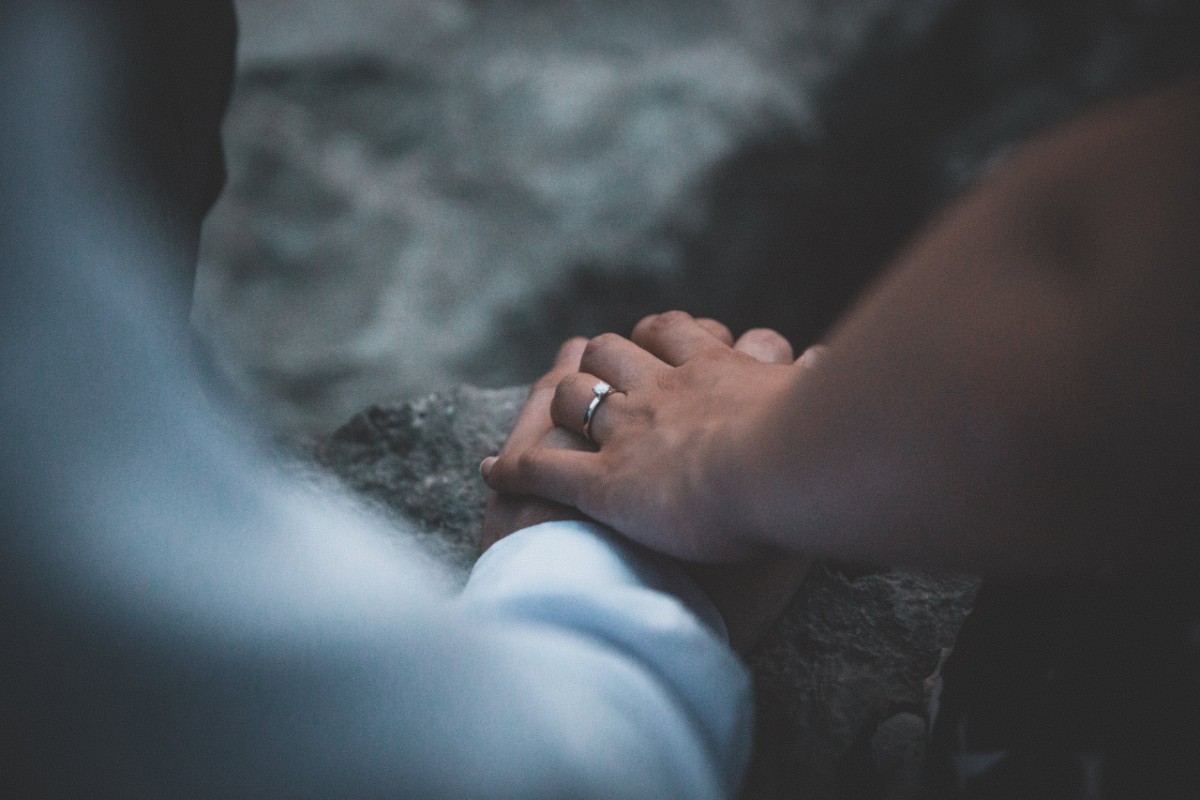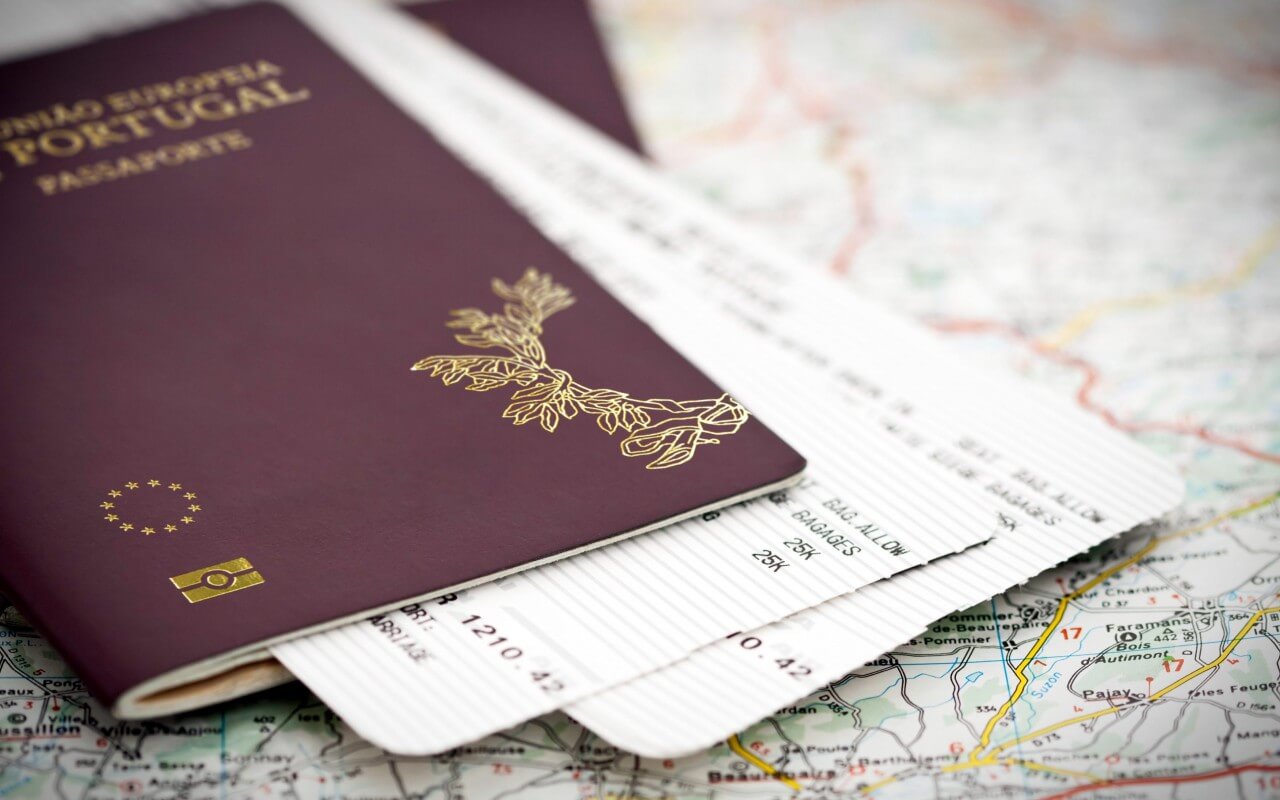Dona Paula, the famous tourist spot situated in the capital city of Goa is known for its imaginary love story of character Dona and Paula. The myth turned into the reality following the Kamal Hasan movie Ek Duje Ke Liye which was released in the late 80s. Honeymooners from all over India specially visit this place to mark their presence at this epic place not knowing the real story behind it.
Today, on 21st December 1682, Dona Paula Amaral Antonio de Souto Maior, the only daughter of D. Amaral Menezes, passed away and was laid to rest at the Nossa Senhora de Bom Viagem Chapel at Raj Bhavan – Goa. The village earlier known as “Odda-Vell” (reference Prajal Sakhardande) was renamed after her as “Dona Paula” or “Mrs. Paula”.
How did that village come to bear this Portuguese lady’s name? Dona Paula was a woman of charity and is known to have helped the villagers and worked a lot for their betterment, so after her death, the villagers decided to re-name the village as Dona Paula. She was the daughter of the Portuguese Viceroy of Jaffnapatnam, Sri Lanka. She and her family arrived in Goa in 1644 and then she married a Fidalgo (a Nobleman’s son) from Spain in 1656. Her husband was Dom Antonio Souto Maior. They were an extremely affluent family and the entire property from the present day Cabo Raj Nivas till Caranzalem belonged to the Souto Maiors. On her death, Dona Paula was entombed in the Cabo Chapel, the residence of the Governor of Goa. A Gravestone was earlier on the floor but is now affixed on the North wall of the chapel, which can still be seen. The Cabo Raj Bhavan is situated at a scenic spot of Dona Paula. It is also home of a historic British war-graves cemetery.
The fake love story
Over the years, locals and tourist guides spun a romantic story surrounding Dona Paula, claiming she loved a local fisherman, but could not be with him as her father the Viceroy refused to hear of it. Plunged in sorrow and despair, she jumped off a cliff into the Arabian Sea. Another tale involving Dona Paula states she can be seen emerging from the moonlit waves at nights, wearing only a pearl necklace. Several tourists, as well as locals guided by this myth, visit the beach for a glimpse of her. As stories of unfulfilled love always pluck on the heartstrings, this myth must have been engineered to attract maximum tourists to the jetty. The two white statues atop the cliff also aren’t that of ‘Donna’ and her supposed lover ‘Paul’ either.

As much as these stories sound endearing and soulful, these are untrue. Tourists, as well as locals, need to know the original history and story to this jetty, and not get misguided by tall tales.
The real history
According to Heta Pandit in her book ‘Walking in Goa,’ the alleged Dona Paula statues seen today at the jetty in Dona Paula are in reality the sculptures of Mr. and Mrs. Robert Knox. It was a Dutch sculptress, Baroness Yrse Von Leistner who etched the sculptures as she was in awe of the philosopher Robert Knox. They have no relation to Dona Paula, the “Lady”. These statues were a gift to Goa, in 1967, through a Will, by late Mrs. Robert Knox, these details being mentioned on the plaque on the statue rock.
Dona Paula today
After the end of Portuguese rule in Goa in 1961, Dona Paula became a fashionable residential area and address. Today, it is one of Goa’s best beaches for water sports such as windsurfing, water skiing, parasailing, motor boat rides etc. There are also several organised water sports facilities on offer in Dona Paula. If you do happen to get serious hunger pangs with all the water sports action, there are quite a few seafood restaurants along the stretch from Dona Paula to Miramar – including Martin’s Beach Corner, Sea Pebble, Menino’s and Sea View.

A happening place, with residences of Some of Goa’s big families, and a popular tourist attraction, its true story deserves to be known. “Today on Dona Paula’s 336th death anniversary, let us keep these heritage aspects in mind as Goans!” said Sanjeev Sardesai. “The Governor of Goa has taken the lead to open the Raj Bhavan and its precincts to the public from 4th Jan 2019, through preregistered and ticketed entry. Please log on to the Raj Bhavan – Goa website for more details. It would be a great opportunity for all to see the Gravestone & the Majestic ‘Cabo’ precincts.”






